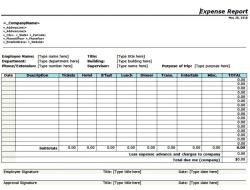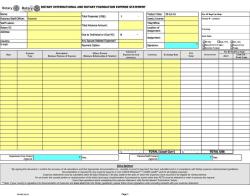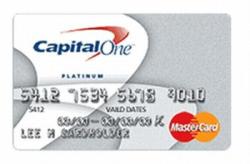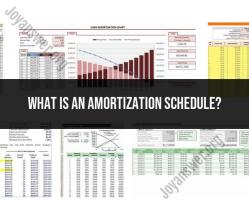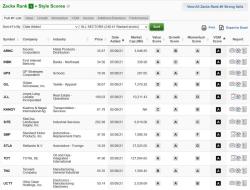What can I elect to do with my 401(k)?
When it comes to your 401(k) plan, you typically have several election options that allow you to make choices about how your retirement savings are managed. These options may include:
Contribution Rate: You can elect to specify how much of your salary you want to contribute to your 401(k) account. This is usually a percentage of your pre-tax income. Many employers also allow you to make changes to this percentage periodically.
Pre-Tax or Roth Contributions: Some 401(k) plans offer the choice between making traditional pre-tax contributions or Roth contributions. Pre-tax contributions reduce your taxable income for the current year, while Roth contributions are made with after-tax dollars, but qualified withdrawals in retirement are tax-free.
Investment Choices: Most 401(k) plans offer a range of investment options, such as stocks, bonds, mutual funds, and target-date funds. You can elect to allocate your contributions among these investment choices based on your risk tolerance and financial goals.
Employer Match: If your employer offers a 401(k) match, you can elect to contribute enough to take full advantage of this benefit. Employer matches are essentially free money that boosts your retirement savings.
Automatic Increases: Some plans allow you to elect automatic annual contribution increases. This is a way to gradually increase your savings rate over time.
Beneficiary Designation: You can elect or update the beneficiary or beneficiaries who will receive your 401(k) savings in case something happens to you. This is an important step to ensure your assets are distributed according to your wishes.
Loan Option: Some plans allow you to borrow money from your 401(k) through a loan election. Keep in mind that there are rules and restrictions regarding 401(k) loans.
Distribution Options: When you reach retirement age (typically 59½), you'll need to elect how to take distributions from your 401(k). You can choose to take lump-sum withdrawals, periodic payments, or annuitize your savings, among other options.
Roll Over or Transfer: If you change jobs, you can elect to roll over your 401(k) savings into an Individual Retirement Account (IRA) or your new employer's 401(k) plan. This avoids penalties and allows you to continue growing your retirement savings.
It's important to review and understand your 401(k) plan's specific rules and options, as they can vary between employers and plan providers. Additionally, consider consulting with a financial advisor or retirement planner to make informed decisions based on your individual financial situation and retirement goals.




